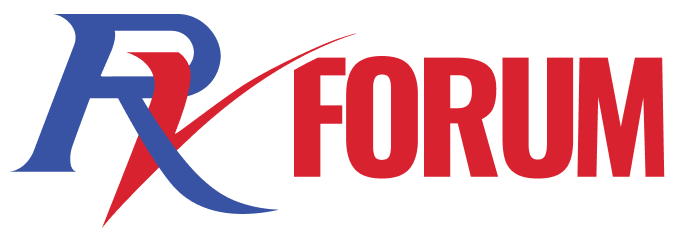2002 Pace Arrow
Member
- Joined
- Jul 10, 2014
- Posts
- 10
Hello,
I am new to your forum but am in need of your experience. I am trying help a friend with his motor home. The biggest issue is that it is a lot of work to drive. It wanders and requires constant correction at the steering wheel to keep it on the road. It rolls a lot during cornering, gets pushed around by passing trucks, and pitches when going over rises like railroad crossings.
I have read, here, that a rear and front trac-bar cures the lateral body shifting and that anti roll bars are available to reduce body roll. Koni FSD shocks are reputed to help the ride quality. A steering stabilizer sounds like a good investment also.
My question is, have any of you done any or all of these modifications and if so, how would you rate the results. Please, no sales pitches from vendors, as I have heard a couple of these already. I am looking for unbiased opinions from people that own and operate a motor home similar to the one that I am working on.
I will be checking the front and rear weight to be sure that it is not to back heavy, and checking and adjusting the caster and toe. Recommendations on caster and toe would be greatly appreciated also. Tire pressure for the Michelin tires is going to be checked into based on the weight data.
I would consider this project a huge success if his wife would drive it when it's done, because right now she would NOT!
So, before I foolishly spend my friends hard earned money and my time wrenching, I really need any of your valuable input on this subject......
Thank you for your consideration.
I am new to your forum but am in need of your experience. I am trying help a friend with his motor home. The biggest issue is that it is a lot of work to drive. It wanders and requires constant correction at the steering wheel to keep it on the road. It rolls a lot during cornering, gets pushed around by passing trucks, and pitches when going over rises like railroad crossings.
I have read, here, that a rear and front trac-bar cures the lateral body shifting and that anti roll bars are available to reduce body roll. Koni FSD shocks are reputed to help the ride quality. A steering stabilizer sounds like a good investment also.
My question is, have any of you done any or all of these modifications and if so, how would you rate the results. Please, no sales pitches from vendors, as I have heard a couple of these already. I am looking for unbiased opinions from people that own and operate a motor home similar to the one that I am working on.
I will be checking the front and rear weight to be sure that it is not to back heavy, and checking and adjusting the caster and toe. Recommendations on caster and toe would be greatly appreciated also. Tire pressure for the Michelin tires is going to be checked into based on the weight data.
I would consider this project a huge success if his wife would drive it when it's done, because right now she would NOT!
So, before I foolishly spend my friends hard earned money and my time wrenching, I really need any of your valuable input on this subject......
Thank you for your consideration.
